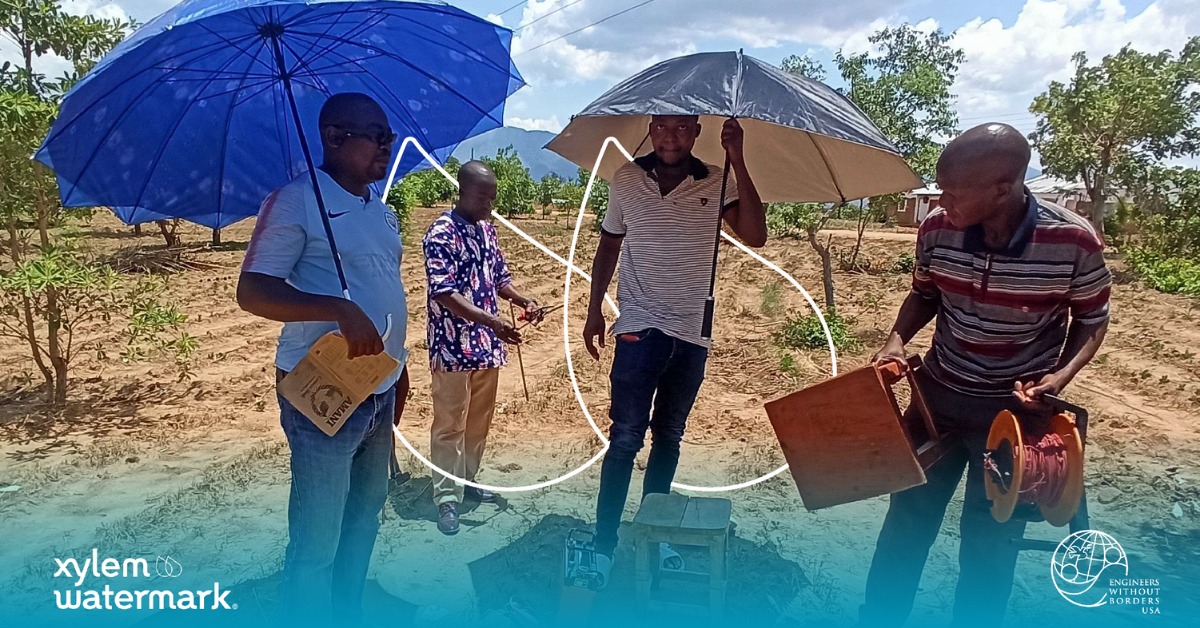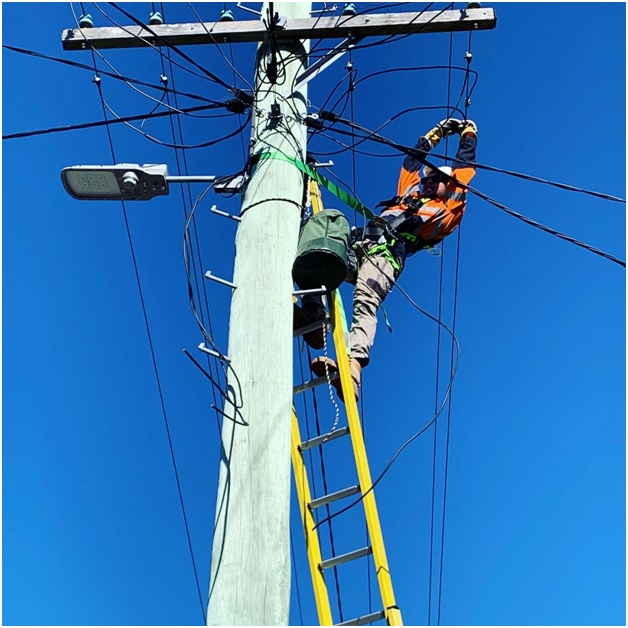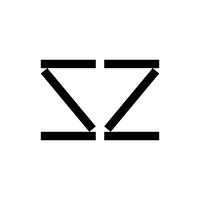When choosing a dissolved oxygen meter for aquaculture, there are different types of sensing technology that you can choose from including galvanic, polarographic and optical. These differences can affect your dissolved oxygen meter. There are a lot of different types of sensors commercially available in compact handheld instruments. These handheld instruments allow for accurate and rapid field detection of dissolved oxygen in water solutions.
There are benefits associated with each type of sensor. E.g., optical sensors do not require any water movement or stirring for accurate measurements whilst an electrochemical sensor requires some amount of stirring or water movement.
Considerations for true field meters
If you are buying an instrument for field use then it is crucial to review the durability of your instrument. Is the instrument waterproof in case someone drops it in water? Will the instrument last long enough to give you value for your money? These are some of the most important considerations you should make before buying.
Ease of use
After comparing the worthiness of the instrument in the field, it is important to compare how easy it is to use your instrument. Can anyone use the instrument or does it require training? Does the instrument have an intuitive user interface? Does it need a constant reference to a user’s manual?
It is all about data
The easier it is to use the aquaculture meters, the more likely you will be to get accurate data so it is best to discuss how one instrument will provide better measurements than the other. While evaluating how easy it is to get accurate field measurements, it is important to evaluate the flow dependency of the sensor of your instrument because they use oxygen at the surface of the membrane. This flow dependency is then overcome by the movement of water or moving the probe in the water.
The total cost of ownership
Most people consider the buying price but fail to consider the total cost of ownership which can be substantial in some instruments. The last item you need to consider is the cost of ownership. This shouldn’t only include the initial buying price of the instrument but also the cost of maintenance over the lifetime of the product.
Measuring dissolved oxygen concentration
The speed with which dissolved oxygen can change is the main thing that makes the concentration of dissolved oxygen very important in the intensive fish culture. Over a matter of hours, dissolved oxygen can change from the required levels to lethal levels. No other environmental variable in the fish culture is as dynamic as dissolved oxygen.
This dynamic nature results from the interaction of 3 factors. Oxygen is not very soluble in water so this means that water has a limited capacity to hold it. The rate of oxygen used by fish and other organisms in the pond can be high. Oxygen also diffuses slowly from the atmosphere into undisturbed water. These three factors affect the concentration of dissolved oxygen. This means that you need the right dissolved oxygen meter for aquaculture to ensure the right concentration is maintained.





